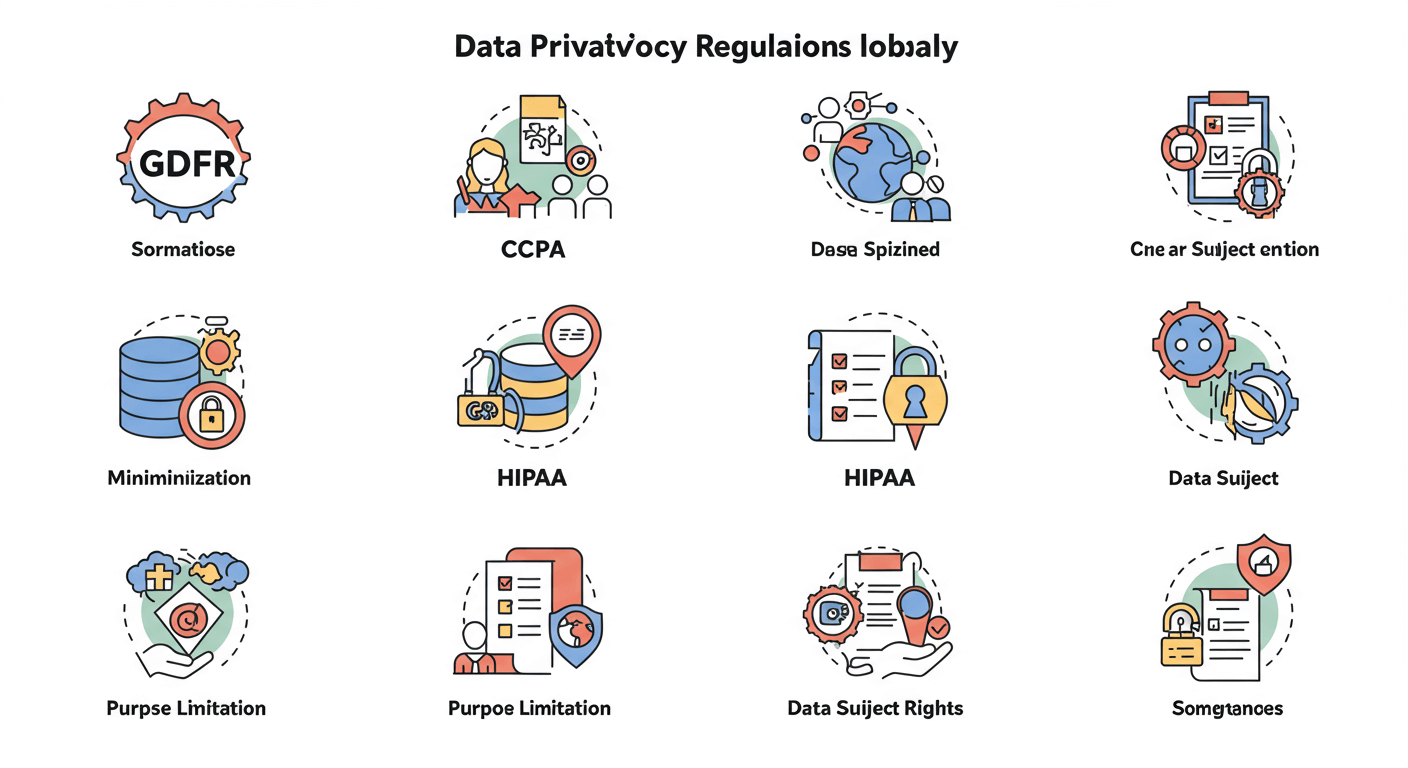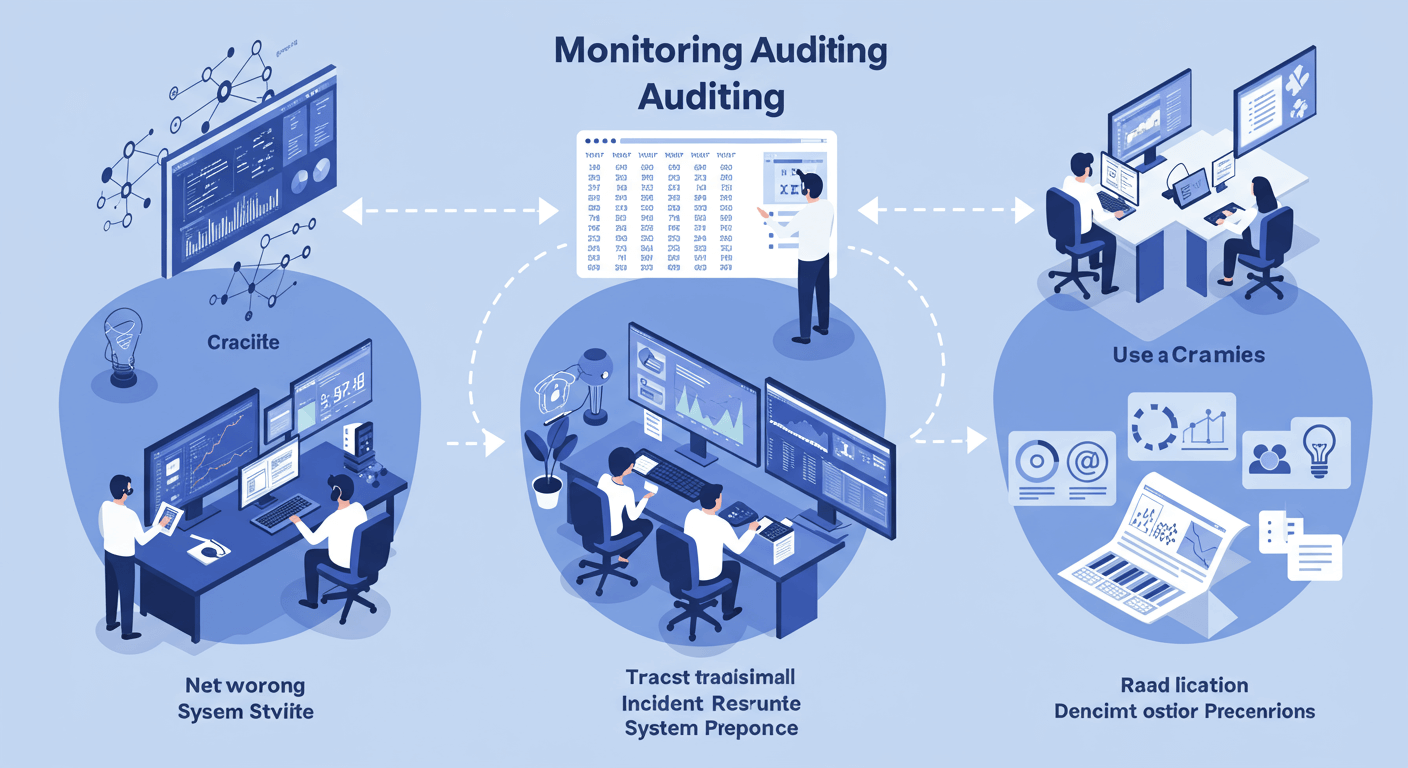In the era of data-driven marketing, tracking tools have become indispensable for understanding user behaviour, optimizing campaigns, and measuring ROI. However, the growing complexity of data privacy regulations such as GDPR, CCPA, and LGPD means that marketers must balance deep insights with strict compliance. This guide will walk you through key privacy frameworks, explain how tracking tools collect and use data, and share best practices for implementing a robust, compliant tracking strategy.
Understanding Major Data Privacy Regulations

Before you deploy any tracking solution, it’s crucial to grasp the fundamentals of primary data protection laws:
- GDPR (General Data Protection Regulation): Enforced in the EU, GDPR sets stringent requirements on consent, data minimization, and the right to access or erase personal data.
- CCPA (California Consumer Privacy Act): Gives California residents the right to know, delete, and opt out of the sale of their personal information.
- LGPD (Lei Geral de Proteção de Dados): Brazil’s data protection law, heavily inspired by GDPR, with requirements for lawful processing, transparency, and data subject rights.
While each jurisdiction has nuances, the common themes are transparency, user consent, and accountability. Always verify whether your audience or servers are located in these regions—and consult legal counsel when in doubt. Learn more about Modular Tracking Tools.
How Tracking Tools Collect and Process Data
Modern tracking solutions—such as analytics SDKs, tag managers, and pixel-based trackers—rely on a combination of cookies, local storage, device fingerprints, and server-side logs. They capture information like:
- Page views, click events, and session durations
- User attributes (language, location, device type)
- Conversion events (form submissions, purchases)
All of these data points can be classified as “personal data” under most privacy laws if they can be linked—directly or indirectly—to an identifiable individual. As a result, any data collection mechanism must be governed by a lawful basis (e.g., consent) and include clear disclosures.
Best Practices for Compliance
Adopting these best practices will help ensure your tracking strategy respects user privacy and meets regulatory requirements:
- Implement Granular Consent Management: Use a Consent Management Platform (CMP) to present clear opt-in/out choices. Track and store each user’s preferences in compliance with the “consent record” requirements of GDPR and CCPA.
- Adopt Data Minimization: Collect only the data you truly need. For instance, avoid full IP addresses unless absolutely necessary; consider hashing or truncation techniques to preserve anonymity.
- Enable Opt-Out Mechanisms: Provide an easy way for users to withdraw consent at any time. Reflect these changes immediately in your data collection scripts to prevent further tracking.
- Maintain a Data Inventory: Document all data sources, categories, and flows. Know which third parties receive shared data and ensure they uphold equivalent privacy standards through Data Processing Addendums (DPAs).
- Regularly Update Privacy Policies: Your privacy notice should describe each tracking technology in plain language. Update it whenever you integrate new tools or change processing purposes.
Choosing Privacy-Focused Tracking Tools
Not all tracking solutions are created equal. When evaluating vendors, look for these features:
- Built-In Consent Controls: Tools that automatically respect CMP signals and disable cookies until opt-in.
- Data Retention Settings: Ability to define retention periods and purge data automatically after the period lapses.
- Anonymization & Pseudonymization: Options to strip or obfuscate personal identifiers at the point of collection.
- Transparent Documentation: Clear guides on where and how data is stored, processed, and transferred globally.
Examples of privacy-conscious platforms include Plausible Analytics, Fathom Analytics, and Snowplow with server-side event processing. These solutions reduce reliance on third-party cookies and emphasize first-party data ownership.
Implementing Consent Management and User Controls
A well-designed consent flow isn’t just a legal requirement—it can also build trust and improve engagement. Consider these steps when rolling out your CMP:
- Discovery Audit: Scan your site or app to identify all active trackers. Tools like Cookiebot or OneTrust can automate this process.
- Consent Banner Design: Offer clear “Accept All,” “Reject All,” and “Manage Preferences” buttons. Avoid dark patterns that nudge users toward acceptance.
- Preference Center: Provide granular toggles for analytics, marketing, and functional cookies. Explain the purpose of each category.
- Real-Time Enforcement: Integrate your CMP with tag managers (e.g., Google Tag Manager) so that tags fire only after consent is granted.
- Ongoing Monitoring: Schedule periodic scans to detect new or rogue scripts that might bypass consent.
Monitoring, Auditing, and Incident Response

Compliance is an ongoing process. Establish these routines to stay ahead of potential issues:
- Regular Audits: Quarterly or semi-annual reviews of your data flows, tag configuration, and consent rates.
- Alerting and Logging: Set up alerts for unusual spikes in data volume or unexpected third-party calls. Keep immutable logs that record user consent events.
- Breach Response Plan: Define roles, communication channels, and notification timelines. Ensure you can notify affected users and regulators within required deadlines (e.g., 72 hours under GDPR).
- Training & Documentation: Educate marketing, analytics, and IT teams on privacy fundamentals. Maintain an internal playbook for tool configuration and policy updates.
Future Trends in Privacy-Centric Tracking
As browsers phase out third-party cookies and regulations evolve, marketers will need to adapt by:
- Embracing First-Party Data Strategies: Collect preferences directly through newsletters, surveys, and user accounts.
- Leveraging Privacy-Preserving Technologies: Explore Differential Privacy, Federated Learning, and Server-Side Event APIs.
- Adopting Unified Consent Frameworks: Participate in IAB’s Transparency & Consent Framework or other interoperable standards.
Conclusion
Balancing rich marketing insights with user privacy is no longer optional—it’s a competitive advantage and a legal imperative. By understanding key regulations, choosing privacy-focused tools, implementing robust consent management, and maintaining ongoing audits, you can harness the full power of tracking technologies without compromising compliance or customer trust.
Start your privacy-first journey today: perform a tracking audit, evaluate consent management platforms, and align your processes with global data protection standards. Your audience—and your bottom line—will thank you.

